Microrobots mimic the motion of living microorganisms to deliver target-specific therapeutics.
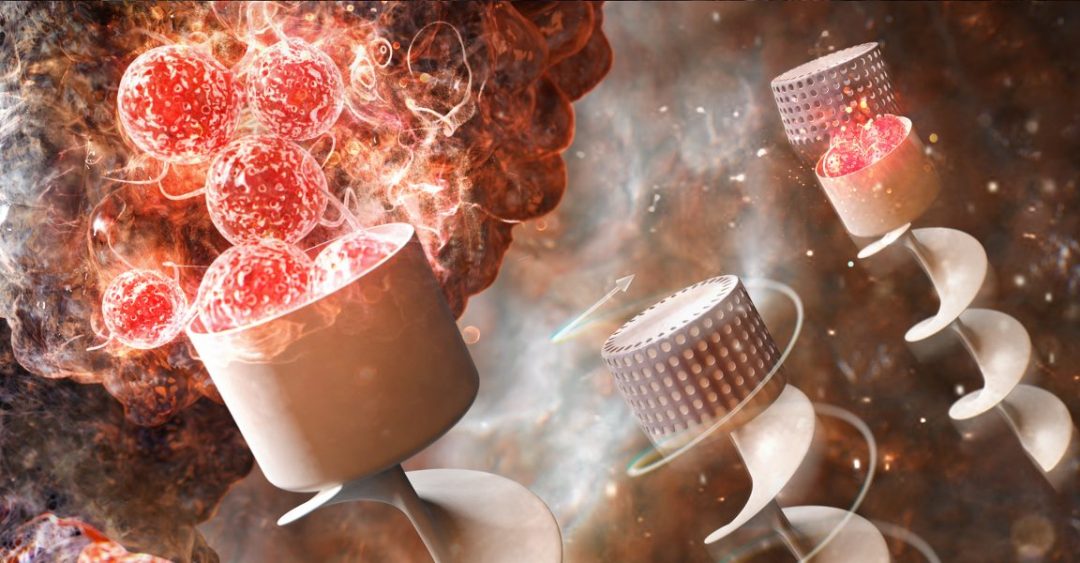

Microrobots mimic the motion of living microorganisms to deliver target-specific therapeutics.
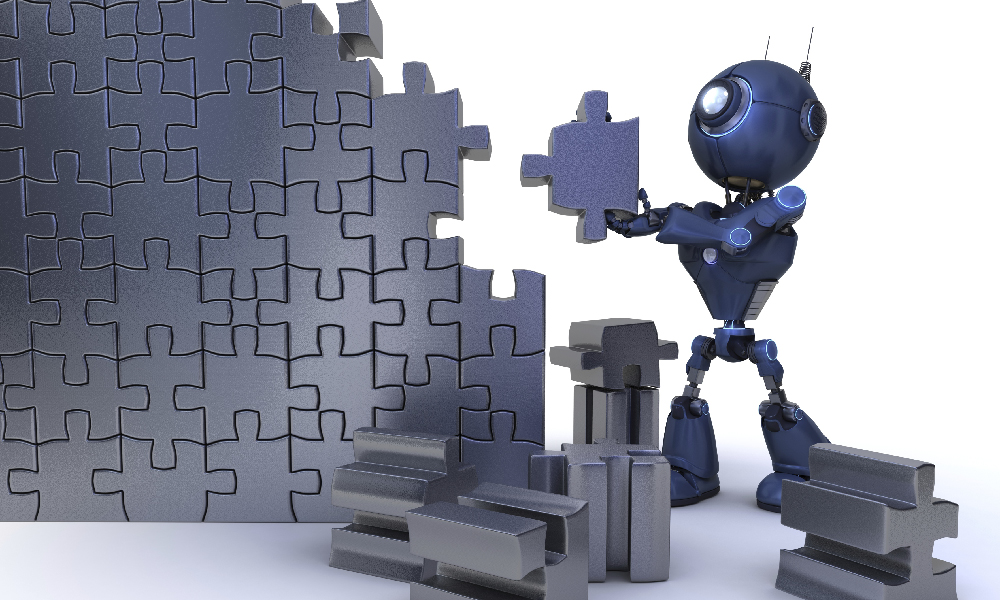
A colloidal nanocrystal layer enables 2D to 3D shape transformations of “hard” inorganic materials.
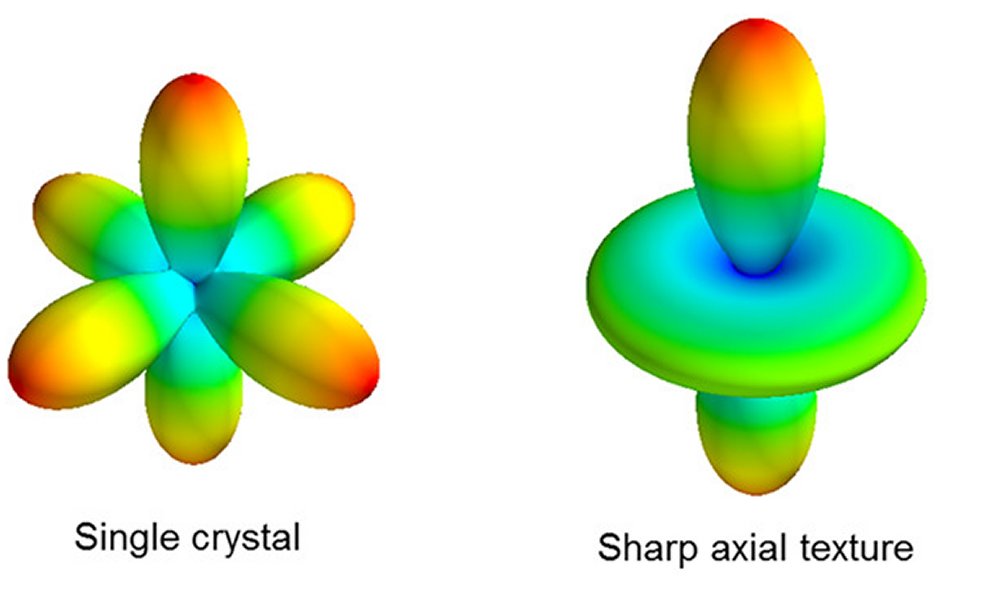
This Special Section of Advanced Engineering Materials presents reviews and original research on topics related to the texture and microstructure of engineering materials.
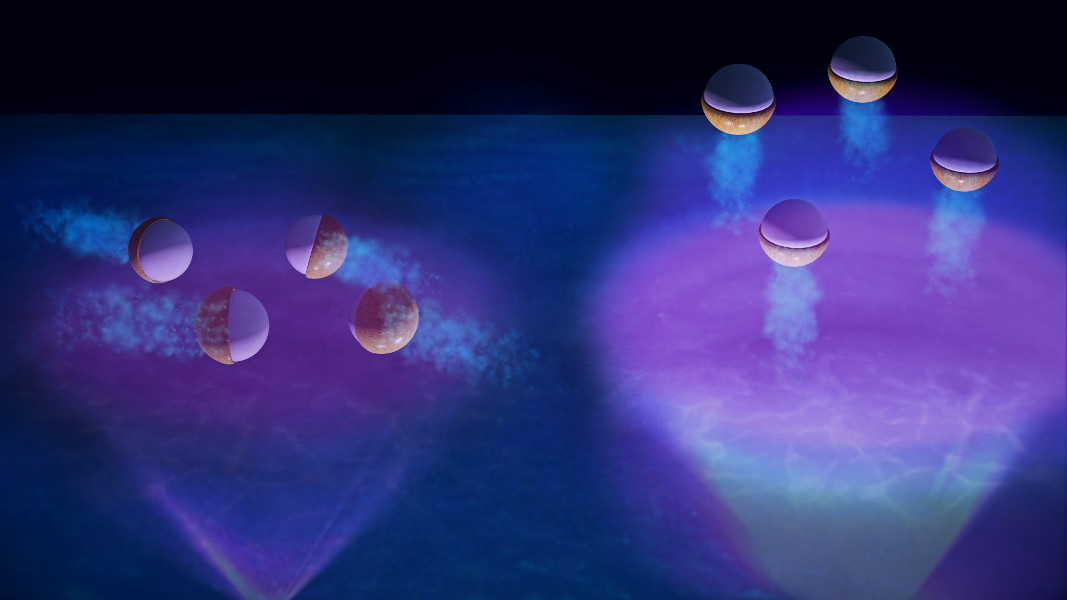
Artificial photochemically-active microswimmers, with 2D or 3D swimming behavior, can also swim against gravity.

A novel way to measure rainfall, namely using microwave links from cellular communication networks as path-average rain gauges, is discussed.

Sometimes the answer to a problem is exactly where you would expect it to be.
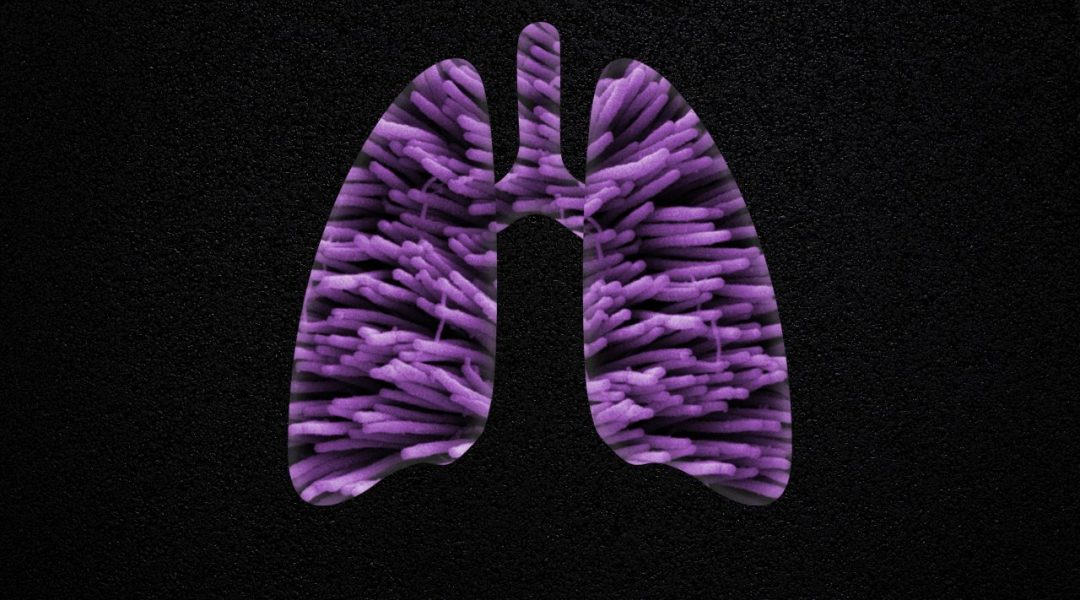
Cilia-inspired smart surfaces that sweep micro/nanometer-scale substances in a desired direction could inspire future drug-delivery systems and medical technologies.
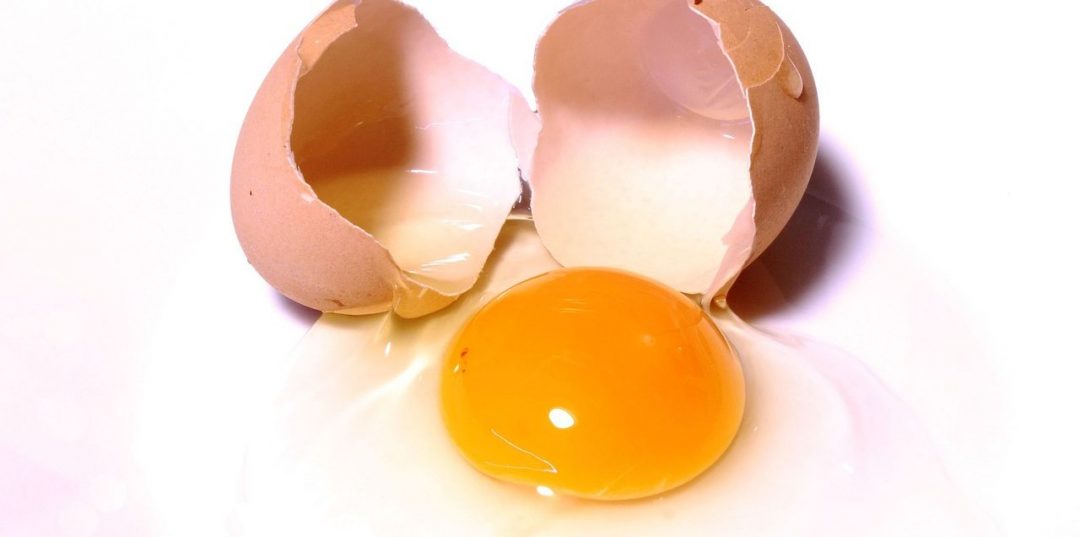
A team of Chinese researchers used a GASMAS optical spectroscopy technique to study the degree of freshness of unfertilized eggs and to distinguish unfertilized eggs from fertilized eggs.
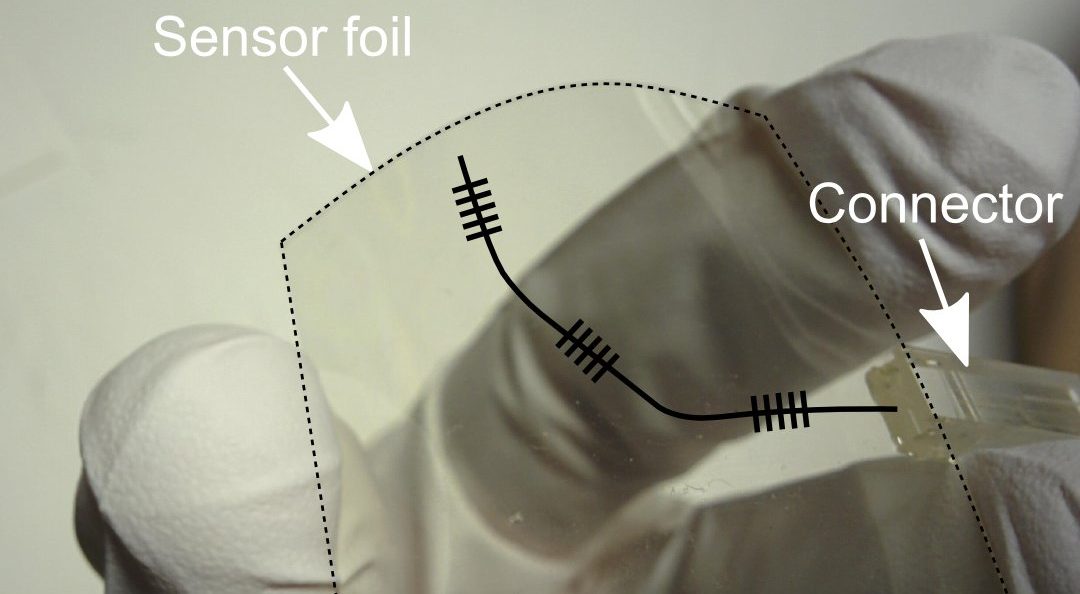
A sensor foil made from polymers withstands bending to a radius of 11 mm, and elongation by 1.4% without losing functionality.

An interplay between two realms is the subject of the Focussed Session: Geometry- and Topology-Controlled Nanoarchitectures at the Joint Meeting of DPG (Deutsche Physikalische Gesellschaft) and EPS (European Physical Society) Condensed Matter Divisions on March 13, 2018 at the TU Berlin.